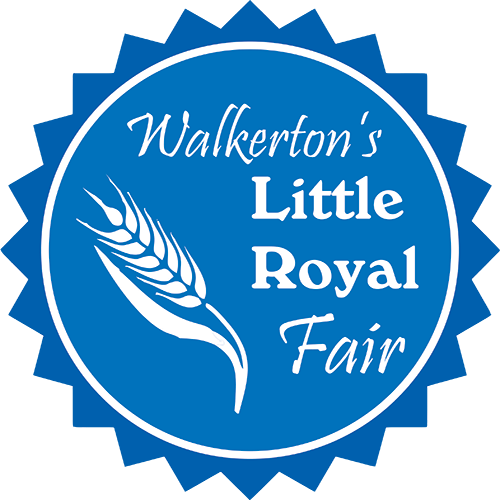About
The Walkerton Agricultural Society encourages an awareness of agriculture
and promotes improvements of persons living in the agricultural community.
About Us
2022 Directors & Committee Members
| President | 1st Vice | 2nd Vice |
|---|---|---|
| Morgan Inglis | Ashley Droefke | Krista Ernest |
| Past President | Secretary/Treasurer | |
| Sandy Droefke | Marg Dennie |
| 1 Yr Term | 2 Yr Term | 3 Yr Term |
|---|---|---|
| Bill Ernest | Jeff McKee | Ashley Droefke |
| Morgan Inglis | Francis Zettler | Ashley Fairminer |
| Katie Rice | Dalia Hopcraft | Christine Lowry |
| Joan Wilhelm | Krista DiStassi | Ken Schlorff |
Appointment of Committees
Finance – Dalis Hopcraft, Myrna Inglis
Property – Morgan Inglis, Mike Dupuis, Francis Zettler, Jeff McKee, Joan Wilhelm, Ken Schlorff
Publicity and Advertising – Ashley Droefke, Ashley Fairminer
Fair book – Kim Oehring, Committee Heads
Ambassador – Gail Dupuis, Emma Roberts, Ferne Abell
Class A & B Horses – Jim McKague, Bob McNeil
Saddle Show – Katie Rice
Garden & Field Crop – Francis Zettler, Mike Dupuis, Helen Zettler
Field to Fork – Dalia Hopcraft, Ashley Fairminer, Mike Dupuis
Homecraft – Eugenia Zettler
Pet Show – Robert McKee
Wine – Bill Ernest
Youth Education – Katherine Phillippi, Marlene Mittelholtz, Michelle Phillippi
Admissions & Gates – Mike Dupuis.
Entertainment – Bill Ernest, Barb Ernest, Mike Dupuis, Gail Dupuis
Food – Joan Wilhelm Eugenia Zettler, Dalia Hopcraft, Morgan Inglis, Rob McKee
Midway – Mike Dupuis



